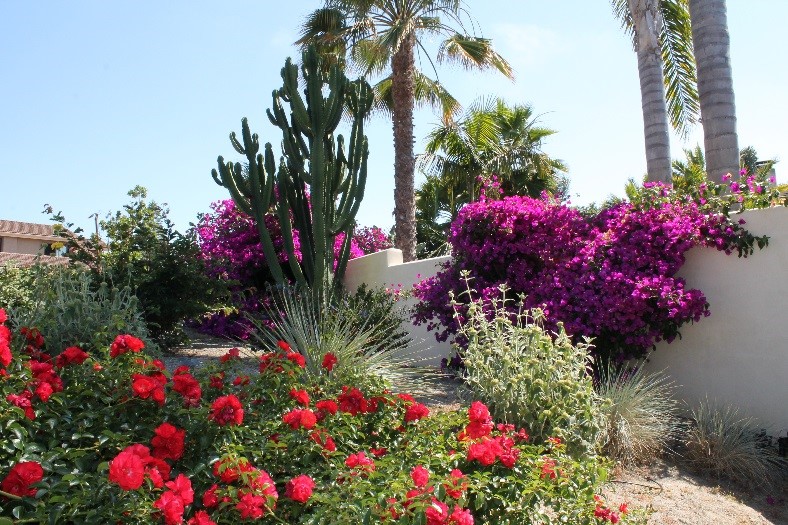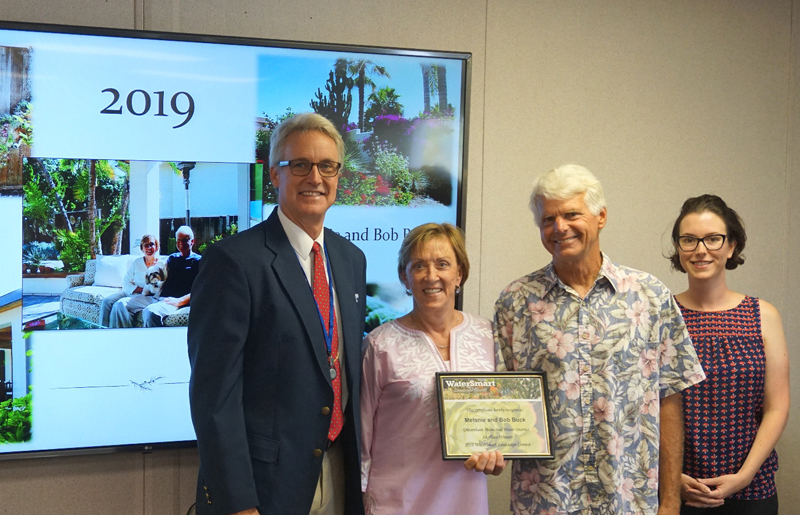Summer is heating up! While you’re heading to the beach or pool to cool off, your landscape might need a little help keeping cool too. Summer plant care is easy with a little planning.
Native plants
Most native Southern California plants do well in hotter temperatures if they are established before the summer begins. Avoid planting new plants, repotting, or fertilizing during the hot summer months. Fertilizing in the summer can trigger more green growth, which means an increase in water needs. During hot days, it is difficult to keep up with these needs as the soil tends to dry out more quickly.
Pruning is a great summer plant care strategy to help keep growth in check and provide pest control. Save most of the pruning for the cooler months to promote growth, but light pruning in the summer can benefit plant and tree maintenance.
Water deeply and less frequently
It might seem counterintuitive to water less frequently in the summer, but this is important for summer plant care. Watering too frequently on warmer days can cause too much water loss due to evaporation. Less frequent watering will also encourage your plants and trees to grow a network of deep roots. This will benefit them in the long term.
Protect soil with mulch
A good layer of high-quality mulch helps keep soil cool and prevents evaporation. Insulating the soil with mulch can also protect thinner roots that plants use to feed from surrounding soils. Over time, these roots will grow deeper along with less frequent watering.
Mulch is great for summer plant care, but it’s also a good investment any time of the year as it helps maintain a consistent soil moisture so you can water less.
Wait until fall to plant
Timing is important when planting new plants or trees. New plants require more water more frequently to develop their new root systems. Wait until the cooler fall months to begin planting to ensure higher rates of success.
With a little planning, summer plant care is a breeze!
The Water Authority and its partners also offer other great resources for landscaping upgrades, including tips for sustainable landscaping best practices at SustainableLandscapesSD.org and free WaterSmart classes at WaterSmartSD.org.







